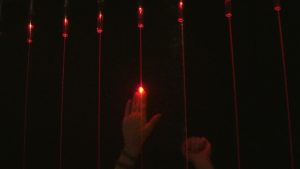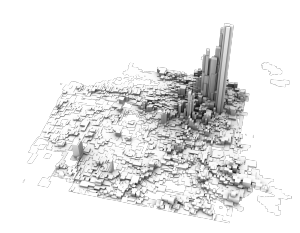caption: The work of Amanda Cox’s projects that I admire the most is her primary election visuals as she not only used them to present the outcome of the votes, but she also used statistics and analytics to try to predict the voting outcomes as well.
Amanda Cox is a NYTimes editor of The Upshot section of the New York Times, however her first position was as a graphics editor, a position she held from 2005 to 2016. She was awarded the National Design Award in 2009 and the Excellence in Statistical Reporting Award from the American Statistical Association in 2012. Ms. Cox received a bachelor’s degree in math and economics from St. Olaf in 2001 and a master’s degree in statistics from the University of Washington in 2005. Having won awards in design, one of her most infamous works is the mapping of the primary election in 2012. She loves to correlate the abstract image of politics with more tangible images such as a colored bubble. What I admire about Cox’s work is her ability to branch the intangible concepts to the tangible; the concept of politics to bubbles. As a musician, this is my career as I am to connect my ideas and creation of sound to something that would make sense to the listener. Cox presents in a more casual way, throwing in jokes from her experience and outside references to help the audience member receive a better understanding of her work with visuals of politics.
![[OLD FALL 2018] 15-104 • Introduction to Computing for Creative Practice](../../../../wp-content/uploads/2020/08/stop-banner.png)




